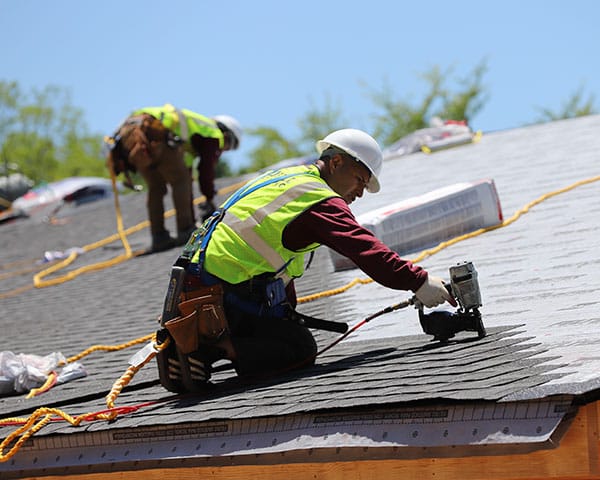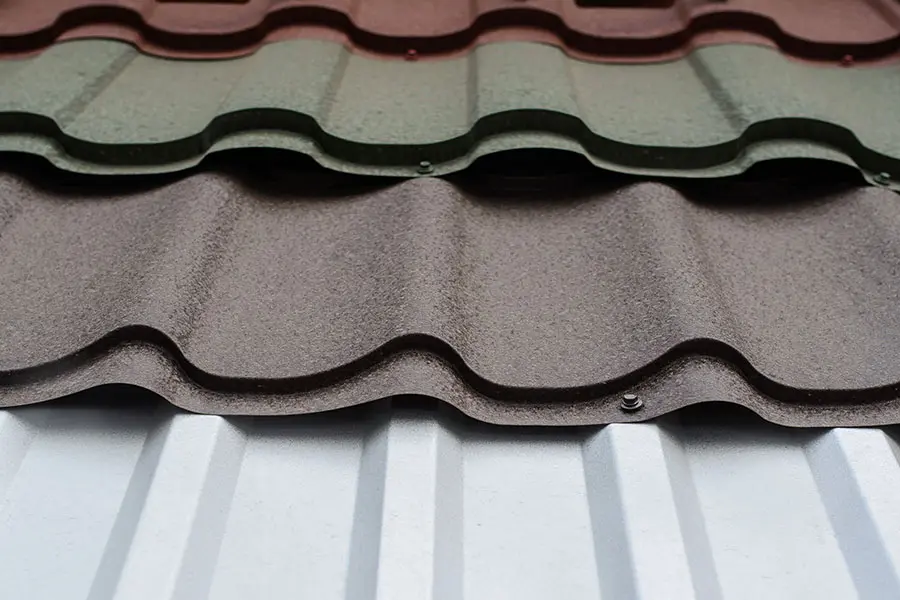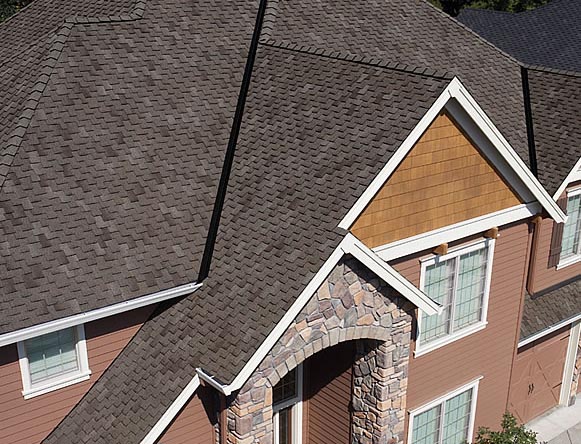A Comprehensive Consider Roofing Companies Gainesville Homeowners Recommend
A Comprehensive Consider Roofing Companies Gainesville Homeowners Recommend
Blog Article
Ideal Practices for Ensuring Correct Roof Covering Air Flow
Ensuring appropriate roof covering ventilation is vital for the longevity and effectiveness of a roof covering system. A balanced consumption and exhaust air vent ratio, typically 1:300, plays a crucial function, with consumption vents ideally put at the lower edge of the roof for great air entrance and exhaust vents at the peak for warm air leave. Routine examinations to determine blockages and keep clear air movement are paramount. Maintaining insulation away from vents is important to protect against air movement constraint. Recognizing these fundamental aspects sets the stage for even more detailed understandings into installation and maintenance methods that can dramatically enhance your roof's performance.
Understand Ventilation Essentials
Effectively comprehending ventilation fundamentals is important for making sure the longevity and effectiveness of roof. Reliable ventilation minimizes dampness accumulation and temperature level extremes in the attic, both of which can result in significant architectural damage with time. A well-ventilated roof covering assists in avoiding usual concerns such as mold development, timber rot, and ice dams, which can compromise the stability of the roof covering materials and the underlying structures.
The primary objective of ventilation is to assist in the motion of air, enabling a regular exchange in between the indoor and outside environments. This equilibrium is achieved via a mix of intake and exhaust vents that collaborate to preserve optimal airflow. Intake vents, typically situated along the soffits or eaves, permit fresh air to enter the attic room area, while exhaust vents, often located at or near the roof ridge, allow warm, moist air to escape.
Key variables affecting the effectiveness of roofing system air flow include appropriate positioning, sufficient sizing, and making certain that both intake and exhaust vents are unblocked. Routine assessment and upkeep are important to determine prospective obstructions, damages, or inefficiencies in the ventilation system, therefore guarding the roof covering's performance and resilience.
Kinds of Roof Vents
Roof vents play an important function in keeping efficient attic ventilation and, by extension, the total wellness of the roof covering system. Numerous kinds of roofing system vents are readily available, each with distinct benefits tailored to details roof requirements.

Soffit vents are installed under the eaves and job in tandem with roofing system vents to make certain a balanced intake and exhaust system. By enabling cooler air to go into from below, soffit vents promote the expulsion of hot air through upper vents. Gable vents, located on the outside walls of the attic room, deal another efficient remedy, specifically in homes with saddleback roofs.
Evaluate Your Current Ventilation

Following, think about the age and problem of your roof covering materials and air flow elements. Older systems might not adhere to current building ordinance or might have degraded in time, decreasing their efficiency. Conduct a thorough assessment to identify any type of signs of damage, such as corrosion, damage, or spaces that can compromise the system's performance.
In addition, determine the attic temperature and humidity degrees. Heats and humidity can indicate insufficient ventilation - roofing companies. Utilize a hygrometer and thermometer to obtain accurate readings, contrasting them with exterior conditions. Persistent disparities suggest prospective concerns that need addressing.
Installation Best Practices
Efficient installation of roof ventilation systems is paramount for making certain optimal performance and long life. Correct installment starts with recognizing the details air flow requirements of the roof covering and the building it covers. This includes computing the right proportion of consumption to tire vents, generally adhering to the 1:300 rule, which states one square foot of ventilation for every single 300 square feet of attic floor room.

Intake vents need to be set up at the roofing's reduced side, frequently in the soffits, to enable awesome air to get in. Exhaust vents, on the other hand, should be installed near or at the roofing's peak to facilitate the exit of cozy, moist air.
Seal all vent links diligently to prevent air leakages and potential water seepage. Usage top notch products and follow maker standards to ensure durability and efficiency. Additionally, incorporating ridge vents with baffles can considerably improve airflow effectiveness by protecting against wind-driven rain and snow from going into the attic.
Eventually, specific installation of roofing air flow systems mitigates prospective problems such as mold and mildew development, ice dams, and structural damages, ensuring the roof's honesty and the building's overall wellness.
Regular Maintenance Tips
Uniformity in upkeep practices is essential to guaranteeing the lasting performance of roofing air flow systems. Regular inspections are crucial, ideally done biannually-- in the spring and loss. Throughout these evaluations, ensure that vents are without particles, nests, and various other blockages that might hamper airflow. Look for any kind of signs of dampness accumulation or mold, as these can suggest inappropriate air flow or leakages (roofing companies gainesville florida).
Cleansing the vents is one more important job. Make use of a soft brush or a discover here vacuum cleaner to remove dirt and particles from intake and exhaust vents. Be careful not to damage the air vent displays or louvers during the procedure. Furthermore, check the attic room room for any type of indications of water damage, which could endanger the stability of the roof system.
Proper insulation is equally vital. Guarantee that attic insulation does not obstruct the vents, as this can severely restrict air movement. Reposition or change it to maintain an efficient obstacle. if any type of insulation has actually moved or worked out.
Last but not least, replace any kind of harmed or missing components promptly. Damaged vents, broken shingles, or deteriorated blinking can all add to poor ventilation and needs to be dealt with right away. Regular maintenance makes certain that the roofing ventilation system functions optimally, therefore prolonging the life-span of the roof covering itself.
Final Thought
Making sure appropriate roof covering ventilation is vital for keeping the efficiency and sturdiness of a roofing system. Adherence to the 1:300 intake and exhaust air vent proportion, paired with the tactical positioning of vents, is essential.
A balanced intake and exhaust vent proportion, typically 1:300, plays a crucial duty, with intake vents ideally positioned at the lower edge of the roofing system for trendy air entrance and exhaust vents at the top for cozy air departure. Intake vents, normally located along the eaves or soffits, enable fresh air to go into the attic room area, while exhaust vents, often positioned at or near the roofing system ridge, allow warm, humid air to click here for more escape.
Soffit vents are installed under the eaves and work in tandem with roofing vents to make certain a well balanced consumption and exhaust system. By allowing cooler air to get in from below, soffit vents help with the expulsion of warm air look at this now via top vents. Adherence to the 1:300 consumption and exhaust air vent ratio, combined with the calculated positioning of vents, is necessary.
Report this page